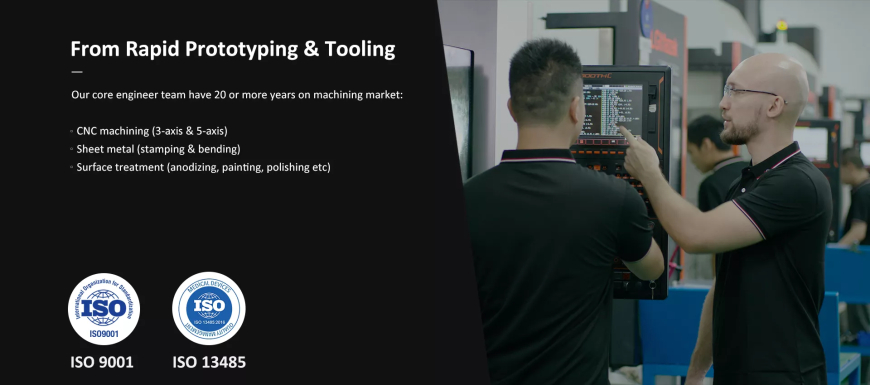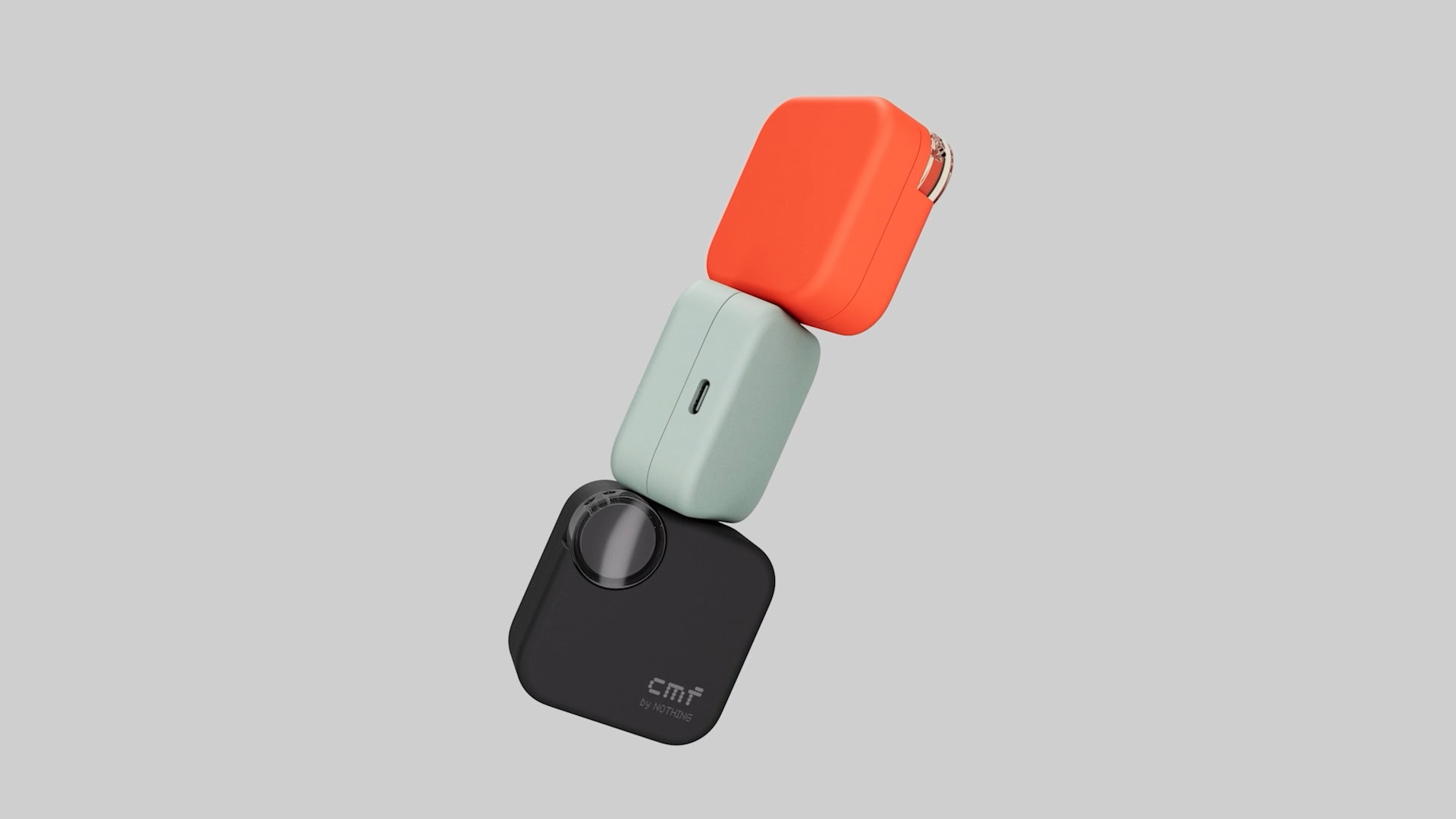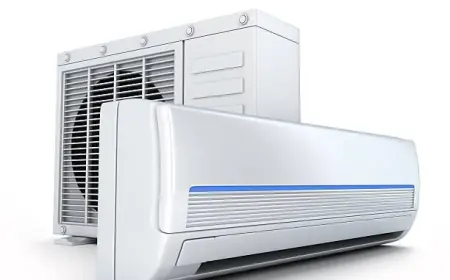The Ultimate Guide to Sheet Metal Parts Prototyping
Jucheng Precision is a large-scale rapid prototyping and CNC machining manufacturer with advanced professional technologies in rapid prototyping, CNC machining and rapid tooling.

Prototyping is a critical phase in product development, enabling designers and engineers to validate their concepts before full-scale production. Among various prototyping methods, sheet metal parts prototyping stands out due to its versatility, speed, and cost-effectiveness. This guide delves into the intricacies of sheet metal prototyping, exploring techniques, benefits, and best practices to ensure successful prototype development.
What is Sheet Metal Parts Prototyping?
Sheet Metal Parts Prototyping involves creating functional and aesthetic prototypes from sheet metal materials. This process allows for the evaluation of design, fit, function, and manufacturability. Prototypes can range from simple brackets and enclosures to complex assemblies used in industries such as automotive, aerospace, and consumer electronics.
Techniques in Sheet Metal Parts Prototyping
Laser Cutting
Description: Laser cutting uses a high-powered laser to cut and engrave sheet metal with precision.
Advantages: High accuracy, clean edges, and the ability to cut complex shapes.
Applications: Ideal for creating intricate parts and components.
CNC Punching
Description: CNC punching utilizes computer-controlled punching machines to create holes and shapes in sheet metal.
Advantages: Fast production times and cost-effective for high volumes.
Applications: Suitable for making enclosures, brackets, and panels.
Bending and Forming
Description: Bending and forming involve using press brakes and other tools to shape sheet metal into desired forms.
Advantages: Versatility in creating various shapes and angles.
Applications: Commonly used for structural components and chassis.
Welding and Assembly
Description: Welding joins sheet metal parts together, while assembly involves putting together multiple components.
Advantages: Strong and durable joints, enabling the creation of complex assemblies.
Applications: Used in automotive, aerospace, and heavy machinery prototypes.
Materials for Sheet Metal Prototyping
Aluminum: Lightweight, corrosion-resistant, and easy to work with, making it ideal for prototypes requiring good strength-to-weight ratio.
Stainless Steel: Offers excellent strength, corrosion resistance, and a sleek finish, suitable for durable and high-end prototypes.
Mild Steel: Cost-effective and easy to fabricate, widely used for general-purpose prototypes.
Brass and Copper: Excellent conductivity and aesthetic appeal, often used in electrical and decorative applications.
Benefits of Sheet Metal Parts Prototyping
Rapid Development: Quick turnaround times from design to prototype, allowing for faster iteration and refinement.
Cost-Effective: Lower material and production costs compared to traditional manufacturing methods.
Design Flexibility: Ability to test and modify designs easily, ensuring optimal functionality and aesthetics.
Functional Testing: Prototypes can be tested under real-world conditions to validate performance and durability.
Reduced Risk: Early detection of design flaws and manufacturing issues, minimizing risks in full-scale production.
Best Practices for Successful Sheet Metal Prototyping
Design for Manufacturability (DFM): Ensure designs are optimized for sheet metal fabrication processes to avoid unnecessary complexities and costs.
Material Selection: Choose the appropriate material based on the prototype's intended use, considering factors like strength, weight, and corrosion resistance.
Collaboration: Work closely with prototyping and manufacturing partners to leverage their expertise and capabilities.
Iteration: Be prepared for multiple iterations, using feedback from each prototype to refine and improve the design.
Documentation: Maintain detailed documentation of design changes, materials used, and testing results to inform future developments.
Conclusion
Sheet Metal Parts Prototyping is an essential tool in modern product development, offering a blend of speed, flexibility, and cost-efficiency. By understanding the techniques, materials, and best practices involved, designers and engineers can effectively leverage sheet metal prototyping to bring their ideas to life and pave the way for successful product launches.
What's Your Reaction?
 Like
0
Like
0
 Dislike
0
Dislike
0
 Love
0
Love
0
 Funny
0
Funny
0
 Angry
0
Angry
0
 Sad
0
Sad
0
 Wow
0
Wow
0






















































